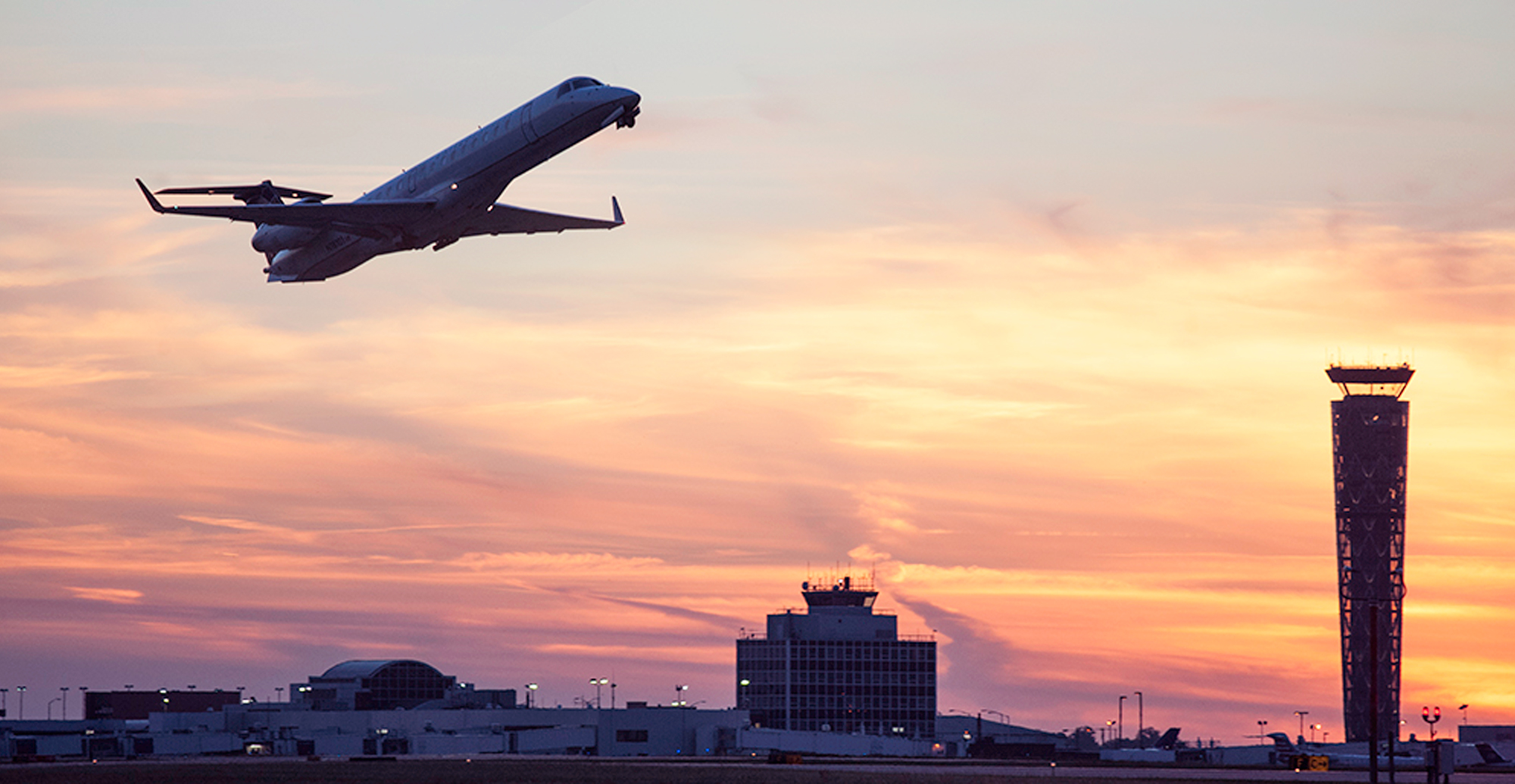
Ever since the Wright brothers made their epic first flight in 1903, airplanes have fascinated people all over the world. The history of aviation is chock full of interesting facts and stories about aircraft of all types. This remains true today. People are still captivated when giant airliners and other modern airplanes ta to the skies. If you’re looking into signing up for an aviation school like the Institute of Aviation at Parkland College, you may benefit from knowing some interesting facts about planes.
A Hole in the Window
Airliner windows consist of three panels of tough acrylic. If you look closely at a plane window, you’ll notice a small hole in the innermost panel. That hole is one of the plane’s safety features. The exterior panel normally keeps the cabin air from escaping. The middle panel is a backup in case the outer one fails. The hole in the innermost panel equalizes pressure so the middle panel doesn’t break if it is suddenly exposed to the outside.
Dimming the Lights
The airplane crew dims the cabin lights for night landings. This allows passengers’ eyes to adjust to darkness. In case of an emergency, they would be able to find their way out of the plane even if the lights fail completely.
The Safest Seats
Some people try to sit in the safest seats on airplanes. Statistically, the fewest fatalities occur in the middle and back seats. However, the FAA says there isn’t really a “safest seat.” That’s because it’s impossible to predict what will happen in any particular accident.
The Hidden Crew’s Quarters
Modern airplanes can make flights that can last many hours. Boeing 777 and 787 aircraft have a compact rest area for the crew. It contains several bunks and has its own restroom. The idea is to allow crew members to reduce fatigue and related errors on extremely long flights.
Ashtrays on a Plane?
Smoking on airplanes has been illegal for years, but aircraft designers still build ashtrays into restrooms. They know some people will try to sneak a cigarette, law or no law. The ashtray provides a safe place to put the butts. This doesn’t mean it’s okay to light up. There is always a smoke detector on board, and if you smoke or tamper with the detector, you will have to pay a very hefty fine.
Conclusion
The airplane facts mentioned here all touch on safety issues in some way. As fascinating as these facts about airplanes are, you shouldn’t forget the people. Pilots, flight engineers and aircraft mechanics must train at aviation institutions for years. Aircraft safety depend on a combination of factors ranging from aircraft technology and design to the training at those aviation institutions.
Dixie Somers is a freelance writer and blogger for business, home, and family niches. Dixie lives in Phoenix, Arizona, and is the proud mother of three beautiful girls and wife to a wonderful husband.

Post new comment
Please Register or Login to post new comment.